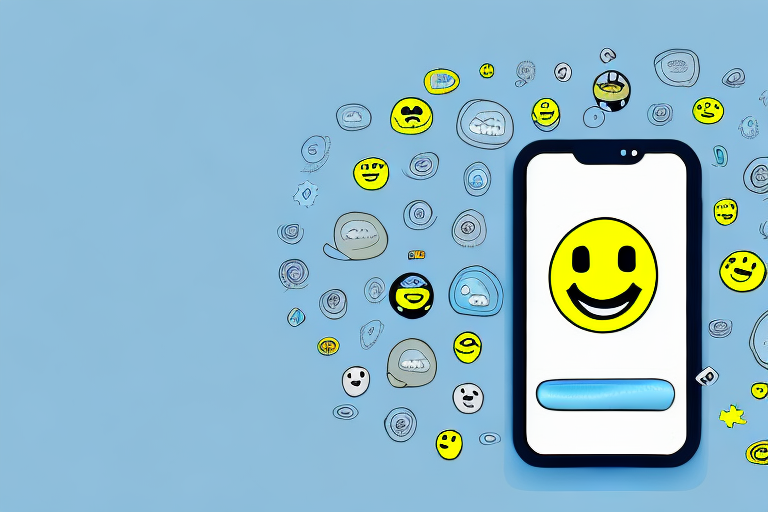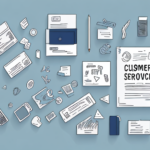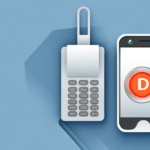Importance of Phone Customer Service
Despite the rise of digital communication channels, phone customer service remains a cornerstone of effective customer engagement. According to a Statista report, over 60% of customers still prefer phone support for resolving complex issues. The immediacy and personal interaction offered by phone support foster trust and loyalty, making it essential for businesses aiming to enhance customer satisfaction.
Why Phone Customer Service Matters
Phone customer service provides immediate interaction and personal attention that other channels often lack. Customers expect respect and empathy when they call, and even if issues aren't resolved instantly, feeling heard can significantly boost their loyalty to your brand. Additionally, phone interactions present opportunities for upselling or cross-selling products and services, contributing to increased revenue.
The Importance of Listening Skills
Active listening is crucial in phone customer service. Representatives who listen attentively can better understand and address customer needs, leading to higher satisfaction rates. A study by the Harvard Business Review highlights that effective listening can improve customer retention by up to 25%.
Best Practices for Phone Customer Service
Implementing best practices in phone customer service can lead to more efficient and effective interactions, enhancing overall customer experience.
Professional Call Handling
Answering calls with a pleasant greeting, clearly stating your name and company sets a positive tone. Maintain a professional and positive attitude throughout the call, avoiding slang or jargon. Speaking clearly and at a moderate pace ensures that customers can follow along without confusion.
Resolving Customer Issues Efficiently
Addressing customer concerns promptly and efficiently is key. Begin by acknowledging the issue and apologizing for any inconvenience. Gather necessary information through targeted questions and provide regular updates on the resolution process. Being creative and flexible in finding solutions benefits both the customer and the business.
Positive Language and Tone
Using positive language can significantly impact the customer's perception of the interaction. Instead of saying, "I can't do that," rephrase it to, "Let me see what I can do to help." This approach instills trust and demonstrates a willingness to assist.
Handling Challenging Interactions
Dealing with difficult customers is an inevitable part of phone customer service. However, with the right strategies, these interactions can be transformed into positive experiences.
Managing Angry or Frustrated Customers
When faced with upset customers, it's important to listen carefully, empathize, and respond calmly. Avoid taking their frustration personally and focus on resolving the issue. If necessary, escalate the matter to ensure the customer's concerns are addressed effectively.
Common Mistakes to Avoid
- Interrupting the Caller: Allow customers to express their concerns fully before responding.
- Getting Defensive: Maintain professionalism regardless of the customer's demeanor.
- Overpromising: Only make commitments that you can fulfill to maintain trust.
- Neglecting Follow-Up: Ensure to follow up on unresolved issues to demonstrate commitment to customer satisfaction.
Enhancing Customer Experience
Building a strong rapport with callers and understanding their communication styles can greatly enhance the customer experience.
Building Rapport
Establishing a connection with customers by using their names and showing genuine interest in their concerns fosters a positive interaction. A friendly attitude and a sense of humor, when appropriate, can make calls more enjoyable for both parties.
Understanding Communication Styles
Customers have diverse communication preferences. Some may prefer a straightforward approach, while others may appreciate a more conversational tone. Being adaptable to different styles and sensitive to cultural differences ensures effective communication and better service delivery.
Empathy and Emotional Intelligence
Empathy allows representatives to connect with customers on an emotional level, understanding their perspectives and responding appropriately. Emotional intelligence helps in managing one's own emotions and recognizing the emotions of others, which is essential for resolving conflicts and building trust.
Technology and Tools for Phone Customer Service
Leveraging the right technology can significantly enhance the efficiency and effectiveness of phone customer service operations.
Customer Relationship Management (CRM) Systems
CRM software helps manage customer data, track interactions, and assess satisfaction levels. Tools like Salesforce or Zendesk enable representatives to access comprehensive customer information quickly, facilitating more personalized and efficient service.
Call Routing and IVR Systems
Interactive Voice Response (IVR) systems and call routing software streamline the process of directing calls to the appropriate departments or representatives. This reduces wait times and ensures that customers are connected to the right person to address their concerns effectively.
Call Tracking and Recording
Recording calls and tracking call metrics provide valuable insights into performance and training needs. Analyzing these recordings helps identify areas for improvement and ensures that quality standards are consistently met.
Measuring and Improving Performance
Continuous assessment and improvement are vital for maintaining high standards in phone customer service.
Key Performance Metrics
- Call Abandonment Rate: Measures the percentage of callers who hang up before reaching a representative.
- Average Handle Time: The average duration of a call, including talk and hold time.
- First Call Resolution: The percentage of issues resolved on the first call.
- Customer Satisfaction Score (CSAT): Direct feedback from customers regarding their satisfaction with the service received.
Continuous Improvement Strategies
Regularly evaluating performance metrics, soliciting feedback from both customers and staff, and providing ongoing training are essential for continuous improvement. Implementing feedback loops ensures that the customer service team adapts to changing needs and maintains high service standards.
Upselling and Cross-Selling Techniques
Effective upselling and cross-selling can enhance revenue while providing additional value to customers.
Strategies for Successful Upselling
- Suggesting Related Products: Recommend products or services that complement the customer's current purchase.
- Offering Discounts: Provide discounts on future purchases as an incentive to upgrade or add to their order.
- Personalized Recommendations: Use customer data to tailor suggestions that align with their preferences and needs.
It's important to ensure that suggestions are relevant and genuinely beneficial to the customer to avoid coming across as pushy or insincere.
Conclusion
Providing exceptional phone customer service involves a combination of active listening, empathy, effective communication, and the strategic use of technology. By implementing best practices, handling challenging interactions with professionalism, and continuously measuring and improving performance, businesses can create positive experiences that foster customer loyalty and drive success.




















